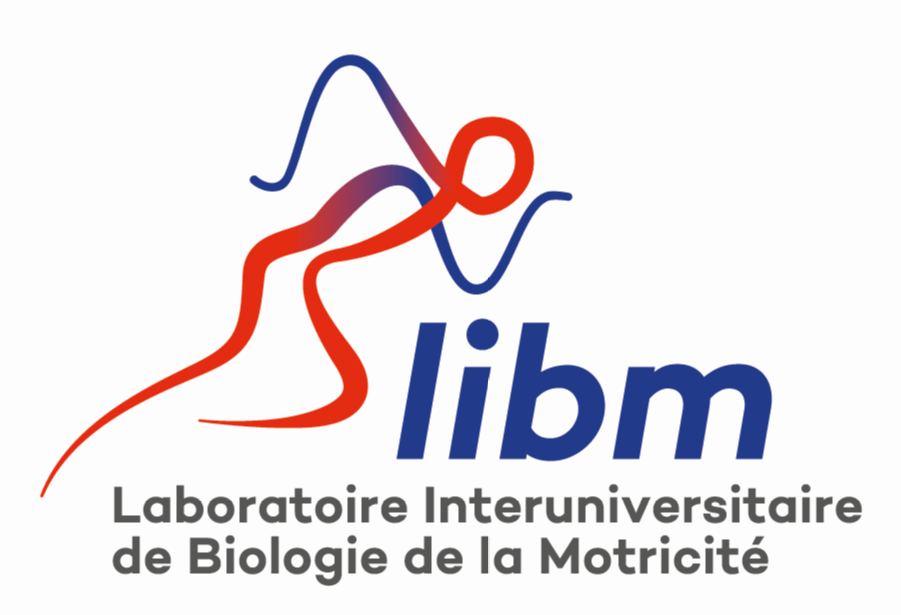Both vertical and horizontal plyometric training influence sprint force-velocity profile in young elite soccer players.
Résumé
INTRODUCTION:
During a soccer match, sprint horizontal acceleration ability is determinant for performance. Development of sprint force and velocity qualities has been reported after plyometric training (1). However, the orientation of plyometric training exercises can influence functional performance (2). The purpose of this study was to compare horizontal and vertical orientation plyometric training on explosiveness performance and sprint force-velocity profile in young soccer players.
METHODS:
Twenty-eight soccer players were recruited and divided in two groups: vertical group (VG, n = 14) and horizontal group (HG, n = 14). Tests including vertical and horizontal jumps (i.e., squat jump [SJ], countermovement jump and 30-cm drop jump [DJ]) and a 30-m sprint were conducted before and after the 8-wk training period. Sprint force-velocity profile (FVP) was evaluated during a 30-m sprint test.
RESULTS:
The results demonstrated significant improvements in both VG and HG for vertical jump performances (from +5.0% to +11.5%), horizontal jump performances (from +5.6% to +9.8%), sprint times (from -4.7% to -12.2%) and FVP parameters. Higher decrease in sprint performance for HG were found in 5-m (VG: -6.4% vs. HG: -12.2%) and 15-m (VG: -4.7% vs. HG: -8.6%) sprint times, horizontal DJ (VG: +5.8% vs. HG: +9.8%), but also in FVP parameters, especially the maximal power (VG: +16.4% vs. HG: +28.1%) and the horizontal orientation of force (VG: no significant difference vs. HG: +22.9%) during the 30-m sprint (P < 0.05).
CONCLUSION:
Both horizontal and vertical plyometric training can be either used in young soccer players to improve vertical and horizontal performances in jump and sprint as previously reported (3). However, horizontal plyometric training may give a larger gain in horizontal ballistic actions while developing vertical jump qualities in young soccer players. Further studies are necessary to more deeply compare motor coordination and muscular synergies involved in vertical and horizontal actions and potential specific effects on musculoskeletal structural adaptations.
Domaines
Sciences du Vivant [q-bio]| Origine | Fichiers produits par l'(les) auteur(s) |
|---|---|
| licence |


